Carbon-Eligible Landscape Restoration
Creating Lasting Change Through Blended Finance
Eden: People+Planet partners with communities to restore and protect carbon-eligible landscapes that generate verified carbon credits while delivering exceptional core benefits. Through our innovative blended finance approach and 40-year commitments, we implement comprehensive restoration initiatives that create sustainable, self-funding conservation at the scale our planet requires.
Carbon-Eligible Projects
Eden develops high-integrity carbon projects that combine forest protection (REDD+) and reforestation (ARR) to generate verified carbon credits while delivering substantial core benefits for communities and biodiversity. Our blended finance approach ensures 40-year commitments to landscapes and communities, creating truly sustainable conservation at scale.
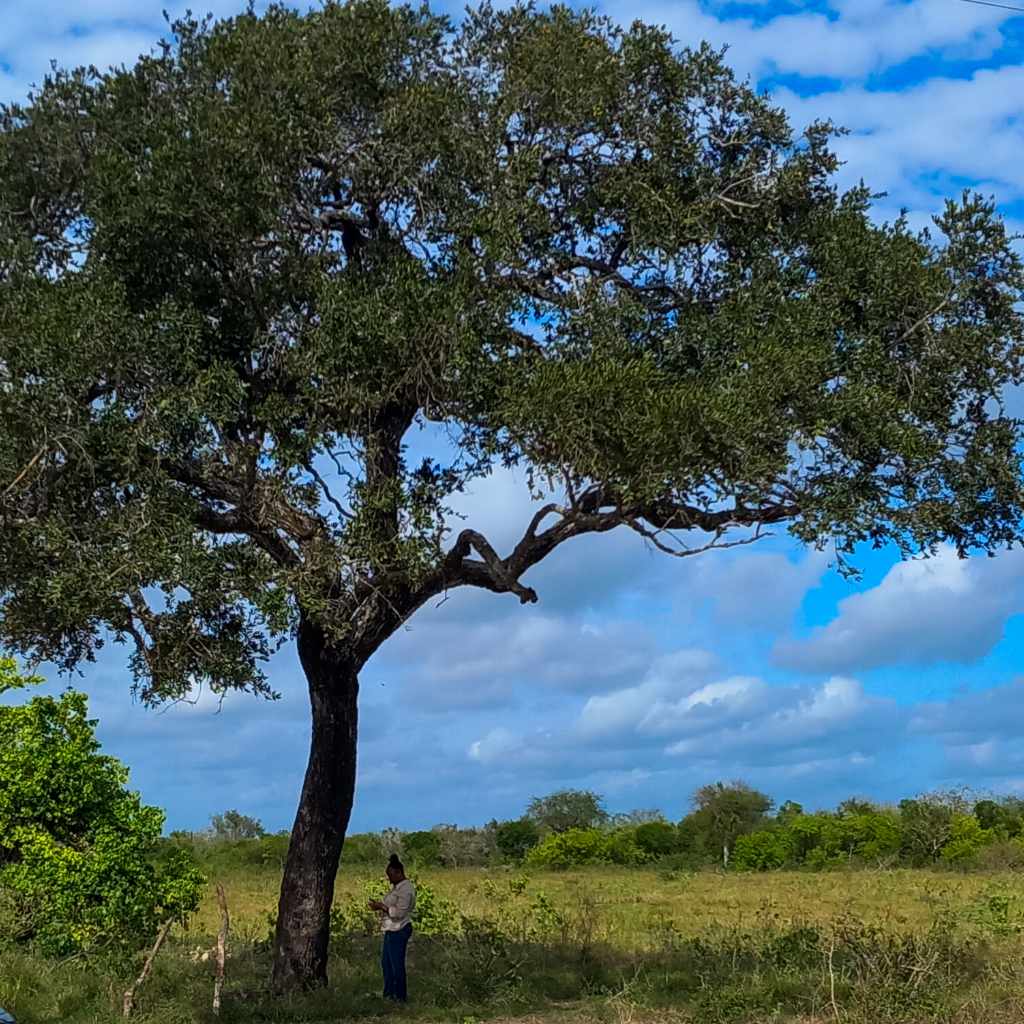
Dakatcha Woodlands Carbon Project
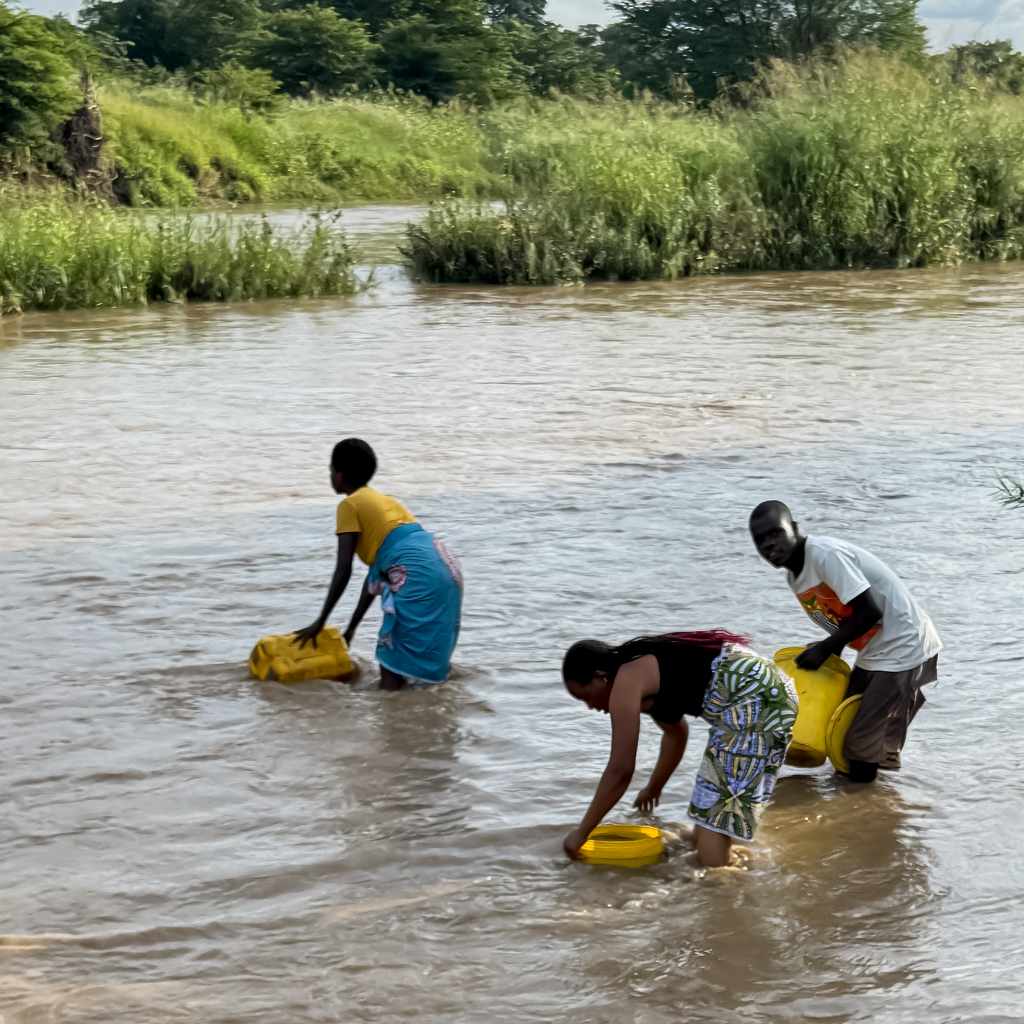
Musokotwane-Nyawa Miombo Woodland Carbon Project
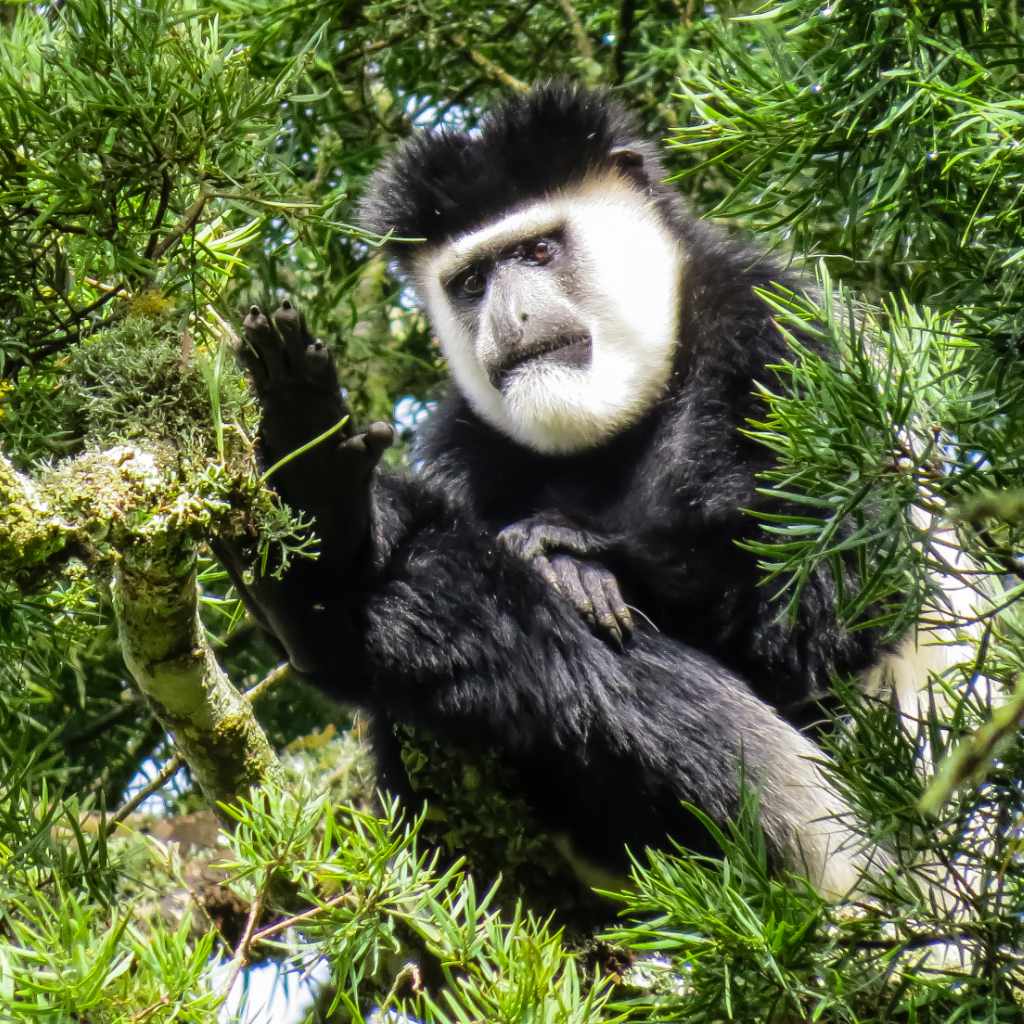
Olokeri Carbon Project
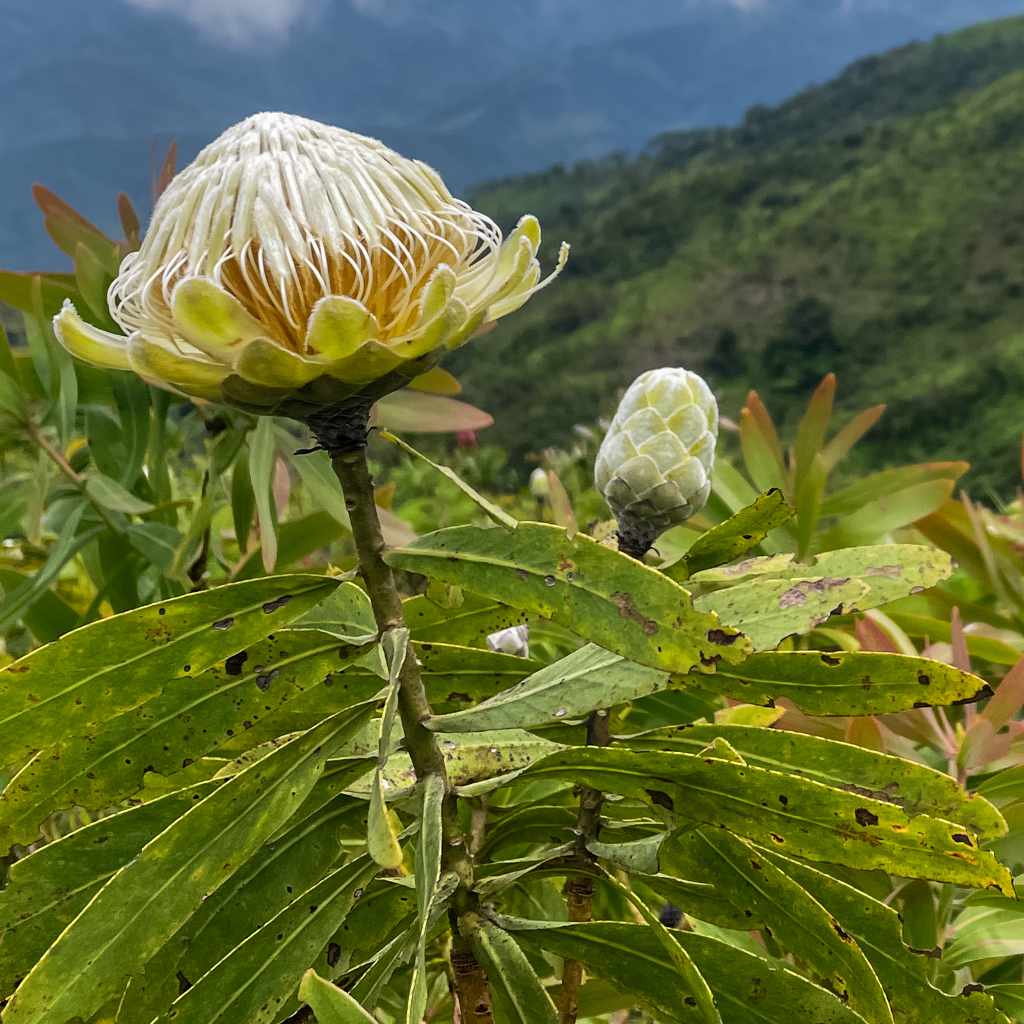
Rubeho Mountains Carbon Project
Historic Accomplishments
Eden’s 20 years of experience implementing landscape restoration provides the foundation for our carbon-eligible projects. These historic accomplishments demonstrate our proven ability to work effectively with communities while delivering measurable environmental impact.
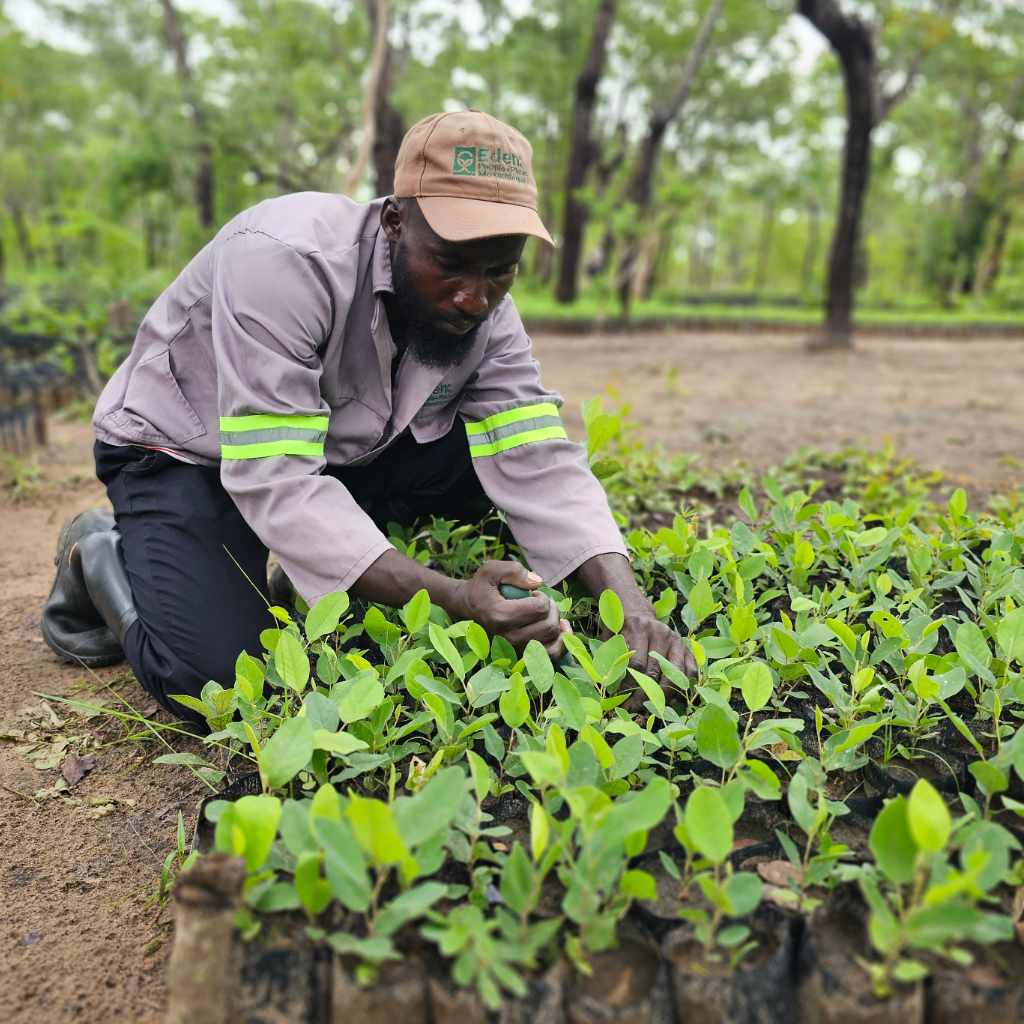
Chimanimani Landscape Restoration Project

Cinturón Verde Restoration Project
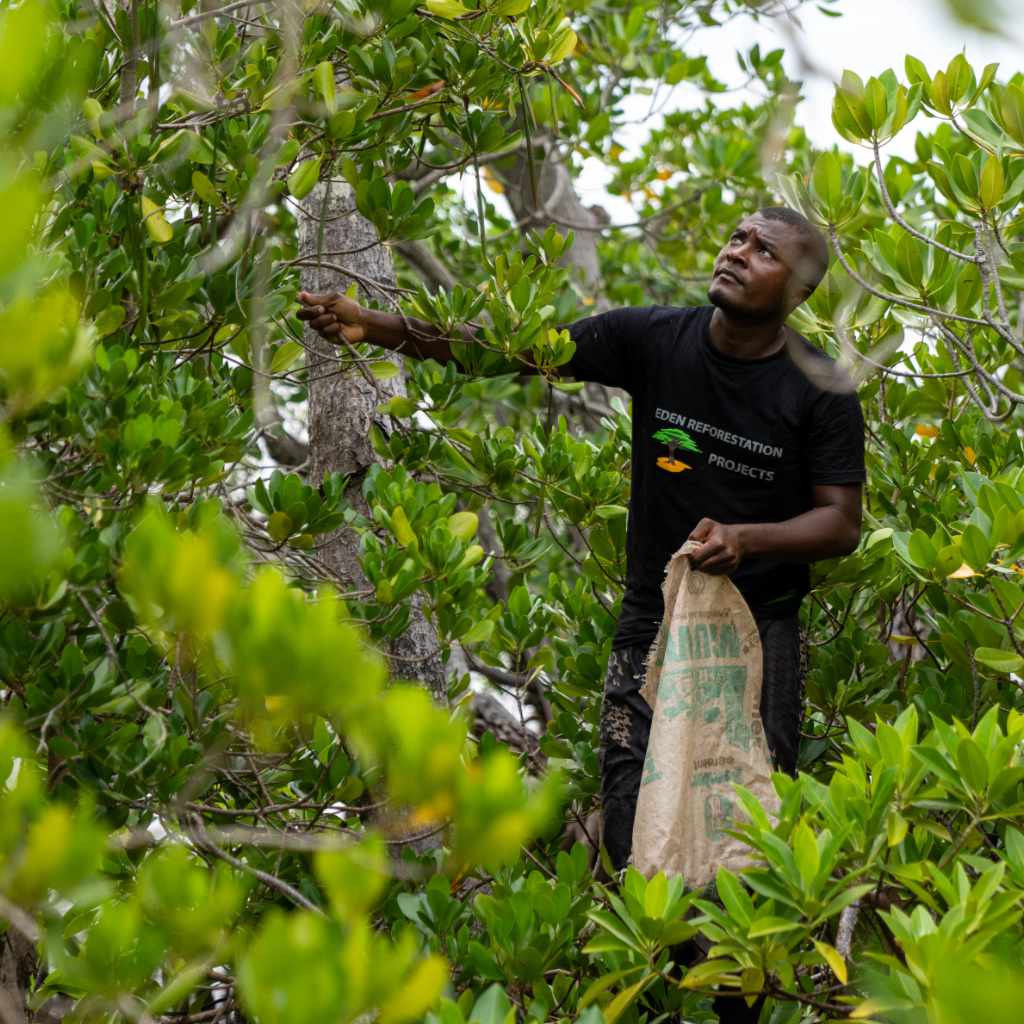
Lamu County Mangrove Restoration Initiative
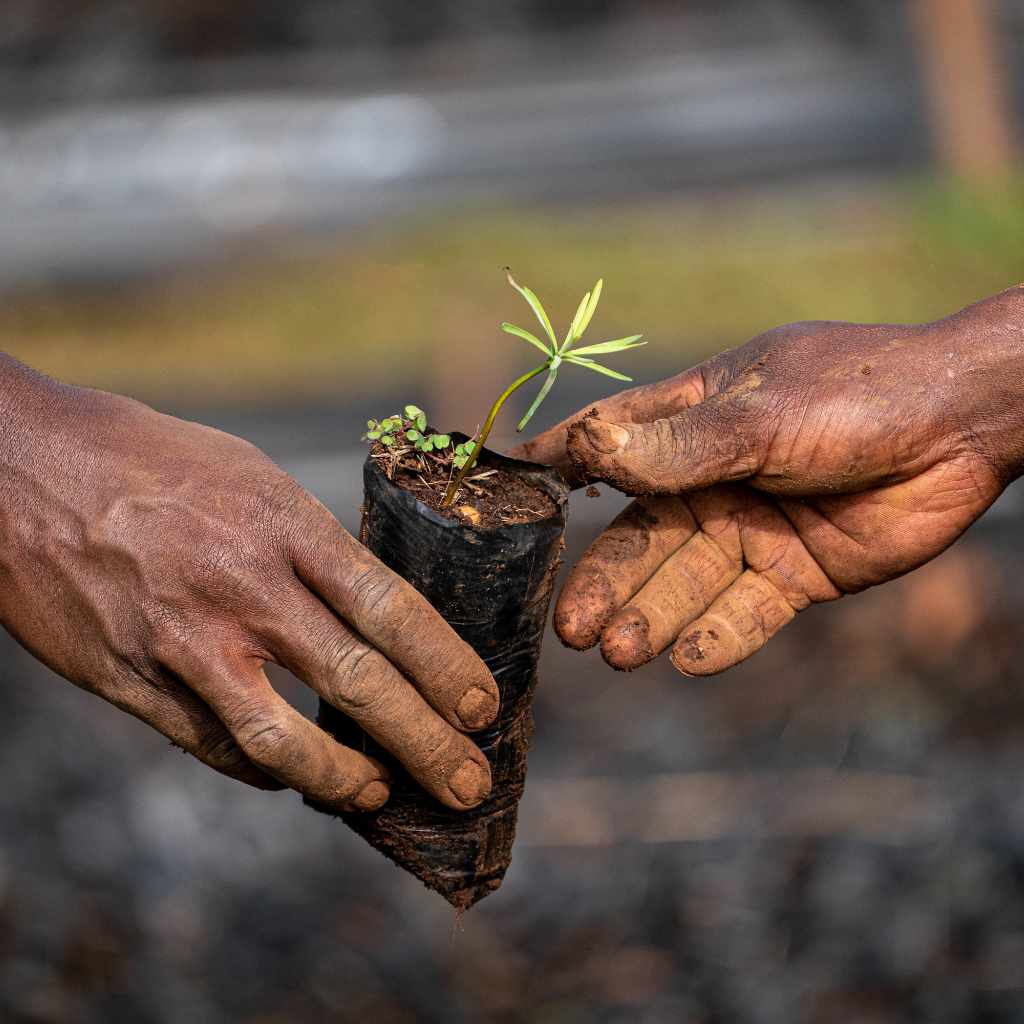
Mau Forest Complex Restoration Project
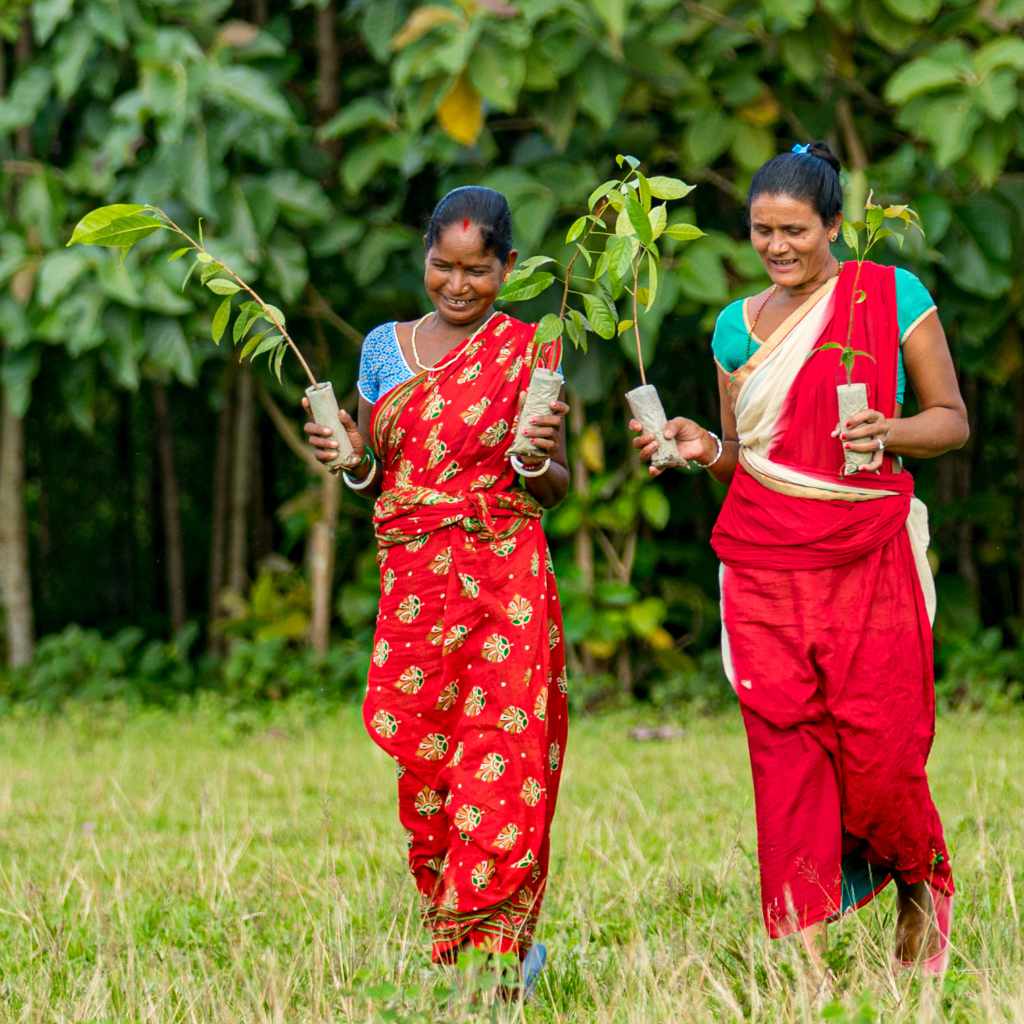
Sunkoshi Basin Restoration Project
Creating Lasting Impact
Through our blended finance approach, Eden’s landscape restoration projects deliver verified carbon credits while ensuring multiple core benefits across environmental, social, and economic dimensions.

Environmental Impact
- 260,900+ hectares under REDD+ protection in Rubeho Mountains
- 10,000+ hectares targeted for ARR restoration
- Multiple carbon-eligible landscapes under development
- Indigenous species prioritized in all restoration work
- Critical biodiversity corridors protected for 40+ years

Community Benefits
- 40-year commitments provide community stability
- Sustainable revenue through carbon credit generation
- Long-term employment in restoration activities
- Community-led project implementation
- Enhanced food security through sustainable land use
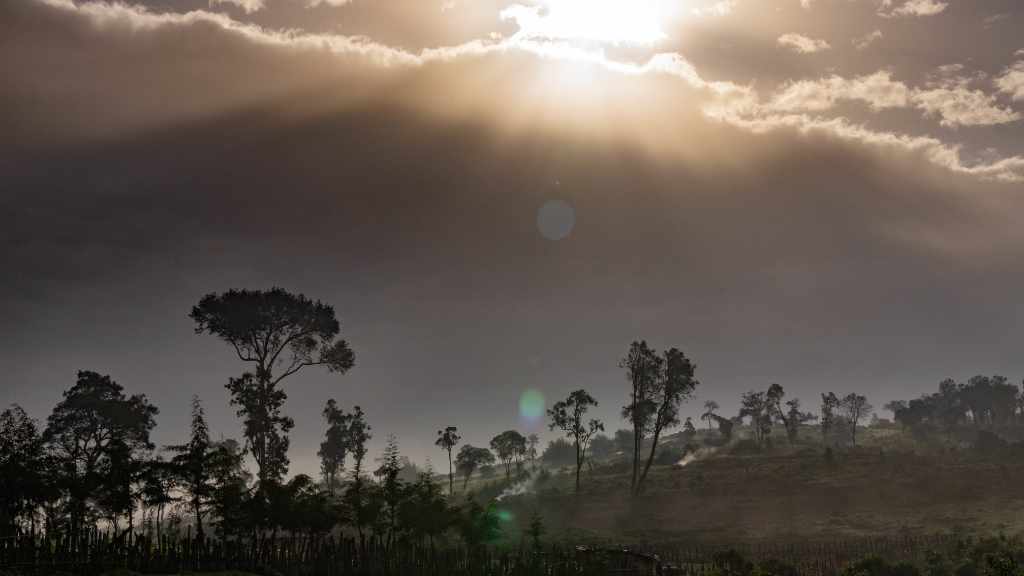
Climate Impact
- 50+ million potential carbon credits across portfolio
- 14.8-23.5 million VCUs from Rubeho Mountains alone
- Enhanced landscape resilience to climate change
- Nature-based solutions at necessary scale
- Verified impact through international standards
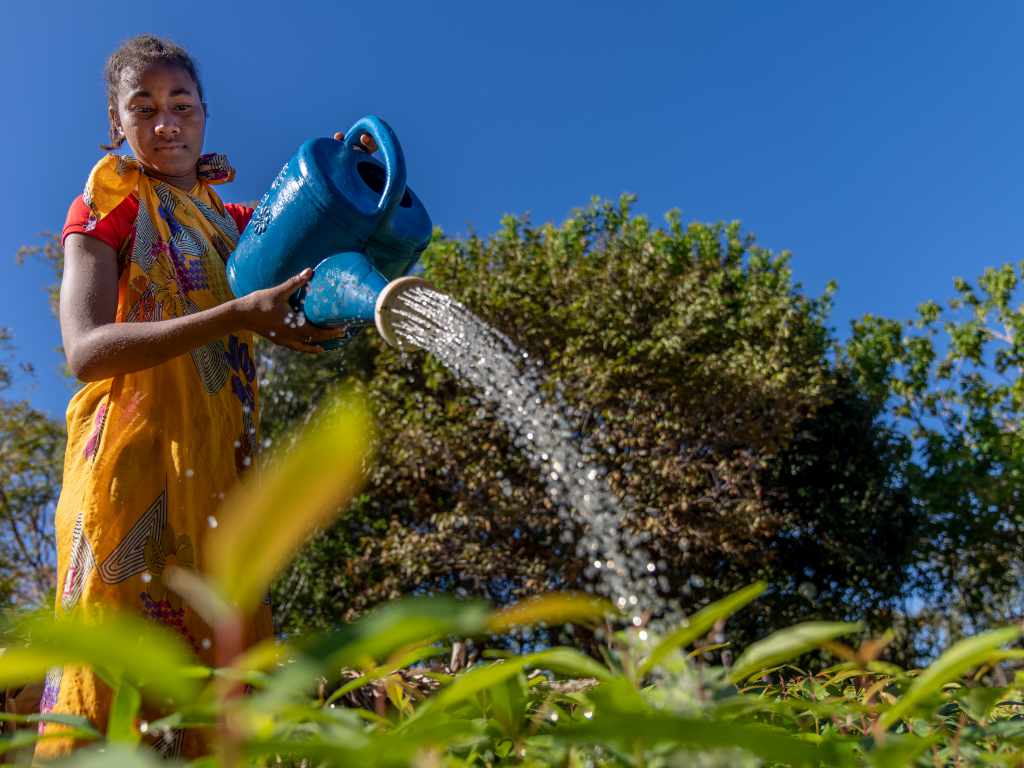
Support Our Projects
Join Eden in restoring landscapes for communities and ecosystems worldwide. Your contribution directly supports the work of local communities in rebuilding their natural environment and creating sustainable livelihoods.